Parrot Products (Pty) Ltd
"Since 1992, we've been crafting a diverse array of Innovative
Presentation,
Desktop, Office, Interactive, and Signage Products to meet all your needs."
Our History
Founded in 1992, we started our journey in a small space in Cleveland,
Johannesburg, with just three product lines. Today, we've grown exponentially, operating from a
sprawling 12,000m² site and offering over 2,000 diverse line items in presentation and signage
products.
Our Production Facilities
Our state-of-the-art production facility is a fully customized
engineering marvel, designed to manufacture and produce all components required for our assembly
processes. With automated systems in place, we ensure the highest level of consistency and
quality in every product we create.
Our Product Range
Driven by our commitment to diversification and
innovation, Parrot Products has evolved into three dynamic divisions: Parrot
Products: Specializing in the manufacturing, supply, and distribution of
top-quality presentation products, office equipment, and desktop stationery.
Parrot
Interactive: Embracing technological advancements in education, presentation, and
training, this division focuses on providing cutting-edge electronic presentation products and
accessories.
Parrot Signage: Leading the way in the creation, supply, and
distribution of modular aluminium signage.
Our dedicated Research and Development team
tirelessly explores potential new products and raw materials worldwide, continually enhancing
and expanding our existing range.
Our Warehouse and Distribution facilities
Our Range Next Day service guarantees next-day
delivery for all stocked product lines, thanks to our fully stocked distribution warehouses in
Johannesburg, Bloemfontein, KwaZulu-Natal, Western Cape, Eastern Cape, and Namibia. A fleet of
40 vehicles nationwide powers this commitment, earning us recognition as one of the top
suppliers in the industry among our dealer network. Each of our warehouses features a
state-of-the-art, paperless picking system, ensuring swift and precise deliveries to our
clients. The Parrot product range also has a strong presence in Botswana, Zimbabwe, Mozambique,
and Zambia, extending our reach and reliability across Southern Africa.
Sales and Marketing
Parrot has a robust sales presence throughout
Sub-Saharan Africa, providing valuable support to our dealers. Our sales team understands the
importance of a well-informed dealer base, conducting regular on-site product training sessions
and customer days at our branches. The sales team excels in identifying opportunities at our
dealer locations, implementing a variety of marketing tools designed to ensure the success of
our product lines. Each of our branches features highly professional showrooms where dealers and
customers can explore our exciting range of products. Our website showcases our entire product
offering. Registered dealers can place orders online at discounted rates, view existing orders,
invoices, statements, credit notes, and PODs. Instruction manuals, installation videos, price
lists, and dealer resources are available at the push of a button.
Our Call Centre
Our national call center is staffed by a team of highly trained
professionals ready to assist you. They provide expert advice, in-depth product knowledge,
process quotes and orders, and arrange installations for any of our product lines.
Parrot Products (Pty) Ltd can be contacted on 086 126 2737 or sales@parrot.co.za.
Our
business hours are from Monday to Friday 08:00 to 17:00.
History of Areas Surrounding
Parrot Products (Pty) Ltd - Cleveland
History of Johannesburg
It's fascinating to recognize the significance of the existing
buildings within the broader development of Johannesburg. Founded in 1886 to support the mines
on the Witwatersrand, Johannesburg quickly evolved. Within just fourteen years, it became the
largest city in southern Africa and the country's leading hub for industry, commerce, and
finance. In 1886, it was a tented camp, but by 1890, it had transformed into a town with
permanent multi-storey buildings. On September 5, 1928, Johannesburg was officially granted city
status, just nine years before the date inscribed on the parapet of the Laher Building. Even as
its gold mines began to close in the 1930s, Johannesburg's economy had already pivoted to
secondary manufacturing. By the 1960s, it had emerged as a center for international finance,
marking its place as a vital economic powerhouse.
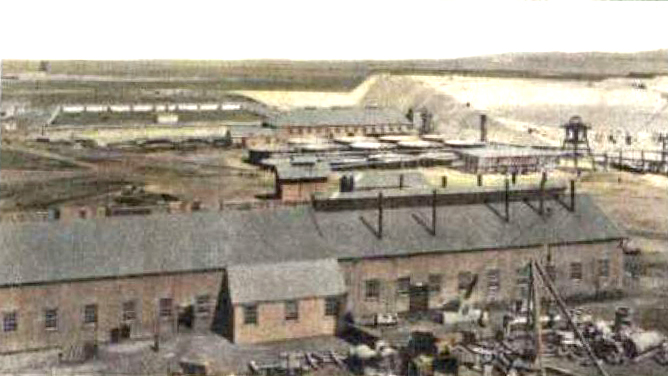 Jumper's Mine
Jumper's Mine
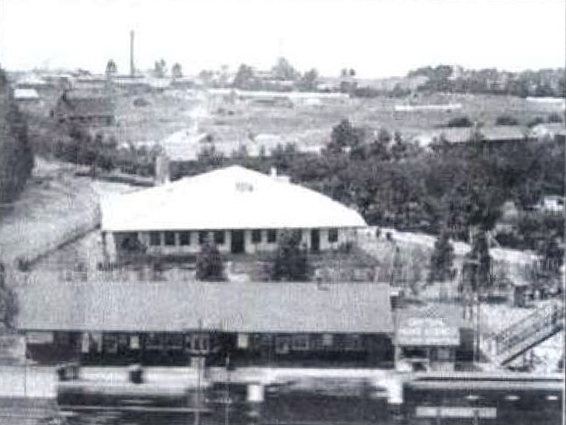 Cleveland Railway Station
Cleveland Railway Station
History of Cleveland
Cleveland is nestled between Malvern to the north and the railway line
to the south. This small suburb, located about eight kilometers east of the city, likely dates
back to 1896 when Cleveland Railway Station was mentioned in a report by the Railway
Commissioner. For a while, the railway station was probably the only notable feature in
Cleveland, apart from the rapidly growing population at Jumper's Mine, situated south of the
railway line.
Malvern / Cleveland
Malvern dates back to 1889 and has a close historical connection with
Jumper's Mine across the railway line in neighboring Cleveland. The suburb's age is still
evident in several landmarks: the Methodist Church is 107 years old, and the Masonic Temple on
Cleveland Road, built in 1902 (with a gable reading 1913). St. Patrick's Anglican Church,
originally constructed in Cleveland in 1903, was moved brick by brick to its current location in
Malvern.
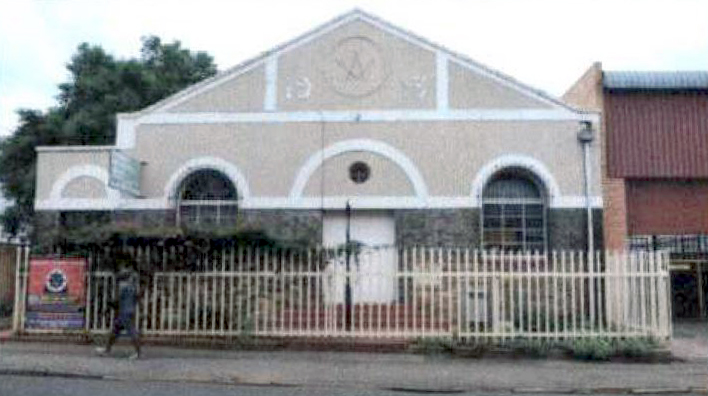 Masonic Temple
Masonic Temple
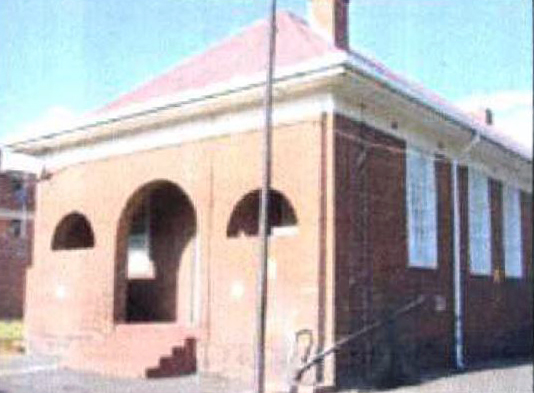 Cleveland Police Station
Cleveland Police Station
The Police Station
The following extracts are taken from www.Joburgnews.co.za: "Cleveland
Police Station, one of the city's oldest police stations, celebrated its centenary in 2003. It
is located opposite the existing buildings on Cleveland Road. Although there was a police
presence in the area since 1903, the station itself was built later in 1910 on land donated by
Jumper's Mine. In the meantime, Jumper's Mine provided the use of five rooms and stables on
their property for the Cleveland Police. The original buildings still stand today. The main
structure is a long, single-story building with attractive pillared entrances on either side,
flanked by a row of sash windows. However, this façade is no longer visible due to a high wall
built a meter or two in front of it, with the new entrance now located at the back of the
building. In the 1960s, barracks were constructed south of the original buildings to accommodate
officers coming from out of town.
Origins of Cleveland
There is some dispute about how the suburb got its
name, and in its early days, it was even referred to as 'Tooronga.' Anna Smith, in her book
Johannesburg Street Names, provides several possibilities and concludes as follows: 'The most
likely explanation is that an Australian, Florence Richards, who owned the land and applied for
permission to lay out a township of Cleveland in 1907, named the suburb after a street in her
hometown of Melbourne. It seems that initially, the names Cleveland and Tooronga (also a street
name in Melbourne) were used interchangeably. Eventually, Tooronga was dropped and given to one
of the streets in the suburb. Several other street names also have Australian connections, such
as Myrnong, another street in Melbourne, and Dandenong, a town in Victoria.' Myrnong runs
east-west along the northern boundary of the Police Station. From hearsay: The existing
buildings have had various uses over their lifetimes, ranging from a convenience store for the
mining compound, a bicycle shop, a doctor's surgery, and more recently, a takeaway, a car sales
lot, and a furniture restoration workshop, to name a few.
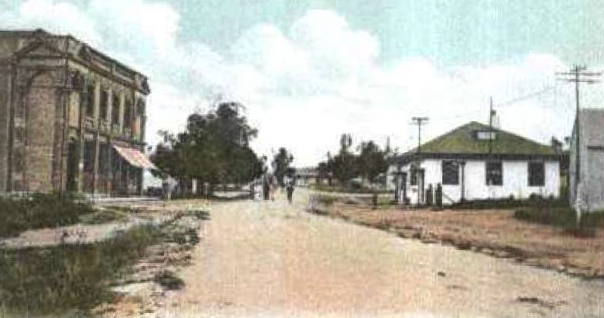 Somewhere in Cleveland
Somewhere in Cleveland